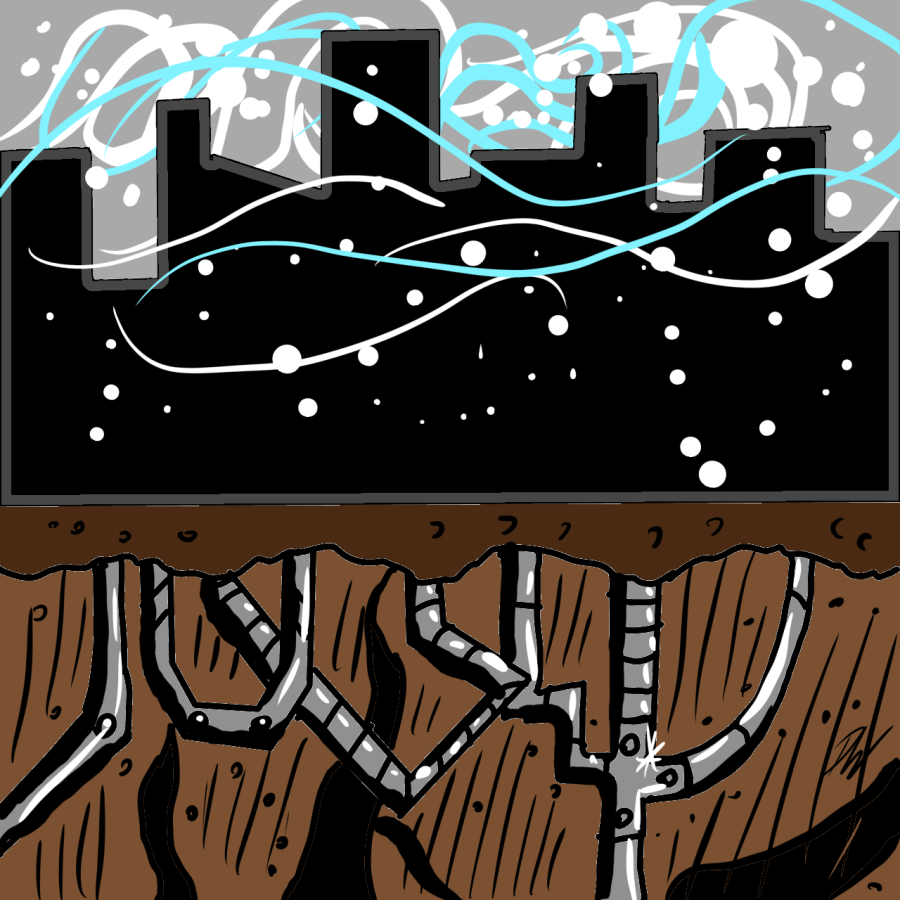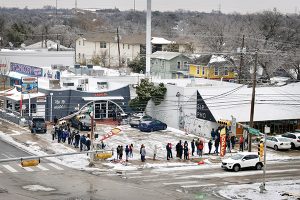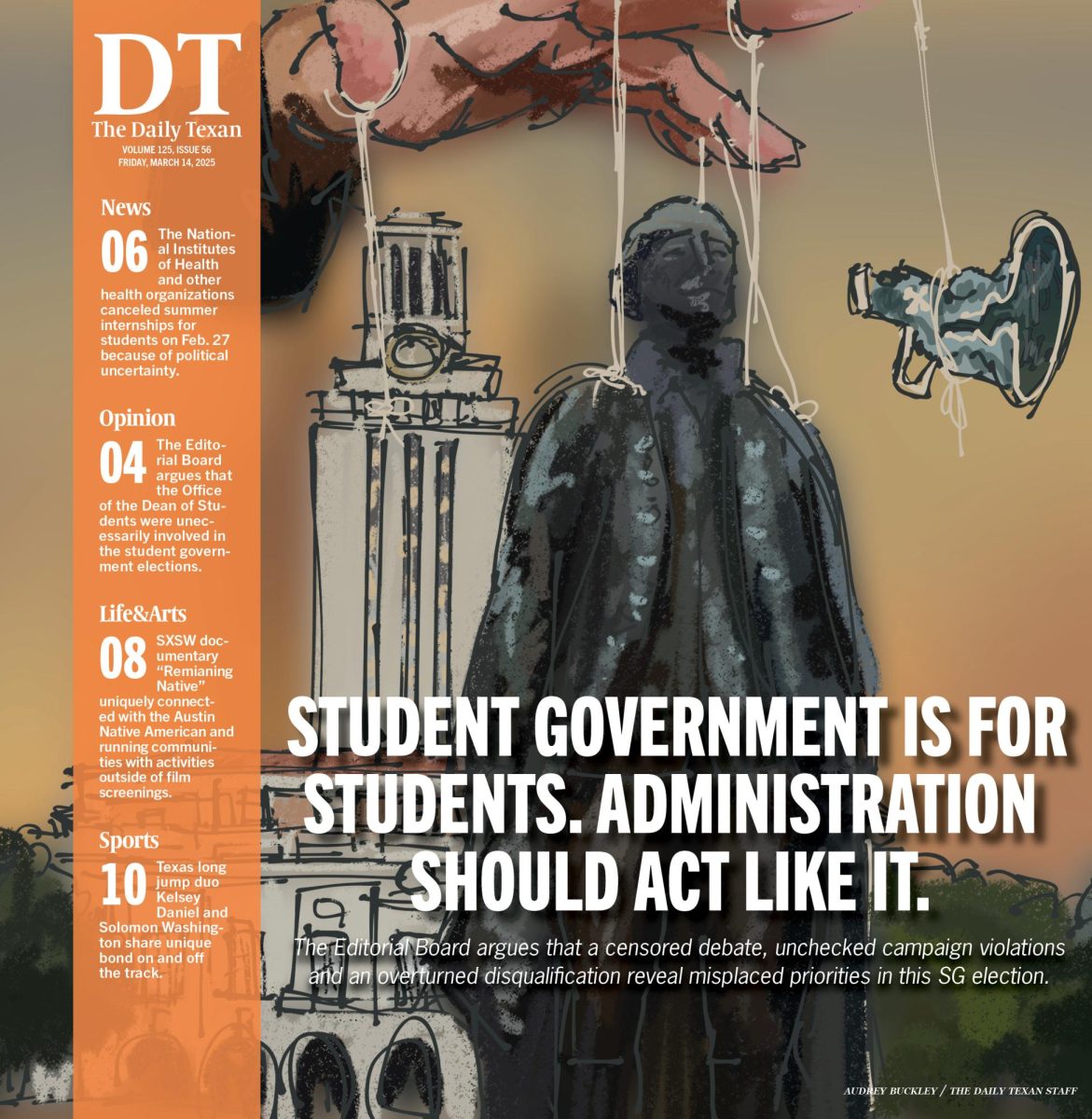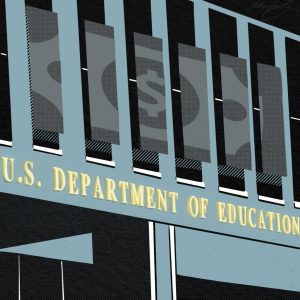UT study finds communication, infrastructure improvement are key to winter storm recovery
January 31, 2023
UT researchers studied the winter storm responses of central Texas utility companies to identify their strengths and weaknesses in anticipation of future winter weather, concluding the state must focus on infrastructure and public communication.
Lead author Helena Tiedmann said she was inspired to use her specialty in water infrastructure to study winter storm preparedness after the events of 2021 Winter Storm Uri.
“I knew that I wanted to focus on Winter Storm Uri and really look at this event and consider how we (can) make our systems better so that we don’t end up in a situation like that ever again,” said Tiedmann, a civil engineering doctoral student.
Researchers interviewed 20 central Texas utility companies to find out the progress they have made since Uri. The study focused on the measure of resilience of water plants, defined by the National Research Council as “the ability to plan for, absorb, recover from or more successfully adapt to actual or potential adverse effects.”
The concept of resilience was broken up into five dimensions: economic, environmental, social, infrastructure and governance.
“Those five dimensions are really what you consider when you’re thinking about whether or not people and systems are becoming resilient,” said Keri Stephens, professor of organizational communication and technology.
The study, which analyzed various cities in Texas, found that companies made the most improvements in governance and infrastructure. Stephens said governance concerns the decision-making process of government entities and infrastructure describes structures such as pipes — utility companies in Austin filing after-action reports to examine their response to Uri and making their systems more resilient to the cold serve as an example of this.
“A lot of utilities are working really hard and have already done a lot to weatherize their systems … (by) replacing instrumentation or just better insulating things,” Tiedmann said.
Although improvements have been made in infrastructure, the study found one of the most notable gaps in resilience was issues with public communication. Stephens said supplementing technical systems with proper communication techniques will help increase public trust in entities to perform well in extreme conditions.
“When (technology) fails, we forget that the public doesn’t know what to do, and whenever we communicate about it, a lot of times our language that we use is really complex,” Stephens said. “The most important thing about communicating with people in an emergency is it needs to be really clear.”
The study provided recommendations for utility companies ranging from addressing ongoing concerns about electric grid stability to improving automated emergency alert systems.
However, economic challenges and time constraints still provide big challenges to closing gaps in resilience, Tiedmann said.
“A lot of these things that we need to do to make our systems more resilient are also really expensive, so that’s hard for utilities, (which) often have a hard time funding just their regular operation,” Tiedmann said. “Improving infrastructure takes a long time, so we can’t just do these things overnight.”














